Last week, we covered the first things you usually need to do survival situations: taking care of your brain, followed by making shelter. But how will you get water? That’s the next priority.
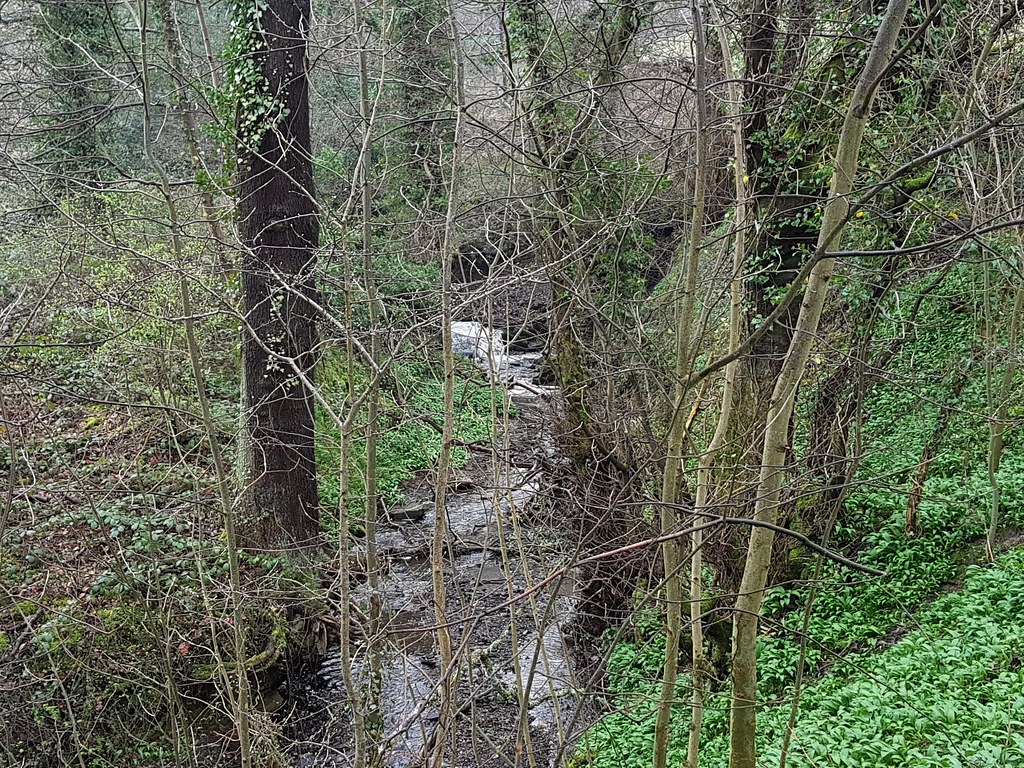
When out in the wilderness, plan how you will get water before you go! Always pack plenty of water in your bag. The average adult should drink 3-4 liters of water a day, and children should drink anywhere from 1-3 liters per day depending on your age and size. So, if you don’t want to carry all of that water with you, you’re going to need a way to collect water when (or better yet, before) you run out.
How far away is the closest water from you at any place on the trail? Look at a map so you can decide when you will stop and fill up.
Also, when you choose a site for your shelter, consider your proximity (how close you are) to water. You want to be close enough to water that it’s easy to get. But not too close, so that you aren’t flooded if it rains!
When you gather water in the wild, you don’t know what’s in it. Sometimes there are invisible microbes that can get in water and make you sick. So let’s look at 1, where to gather water, and 2, how to make sure it’s healthy to drink.
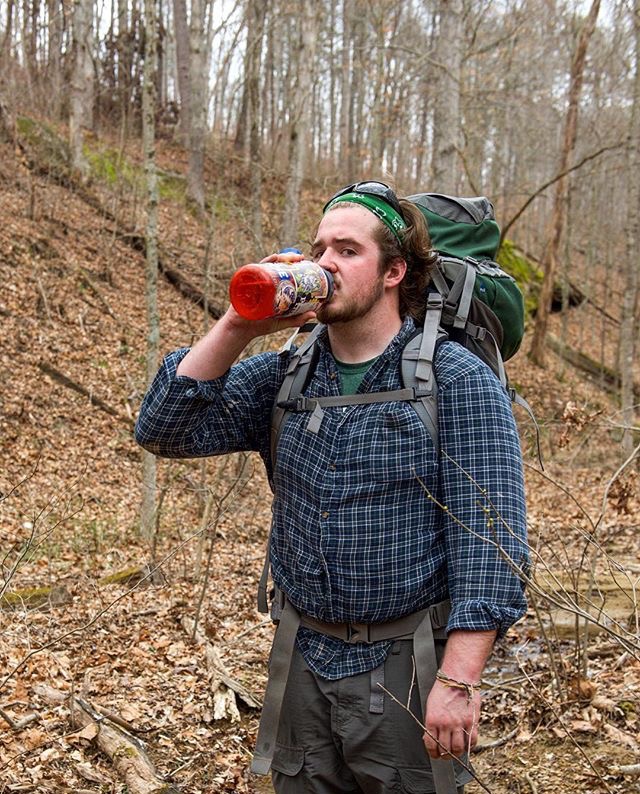
Collecting Water
Rain Water
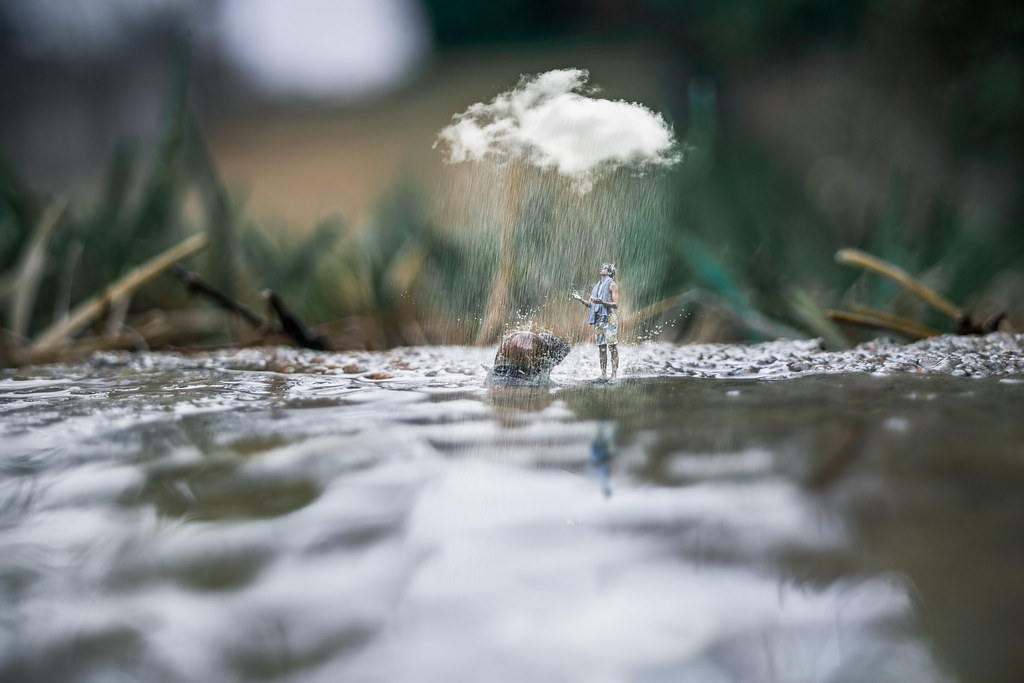
Rain is an absolute blessing for collecting water while hiking. Rain water is relatively clean and safe when it comes out of the sky. If you have a good system to catch it, it can give you water without a lot of work.
Use any surface you can to funnel water into your bottle, a pot, or any kind of cup. Try to use something clean, like a rain jacket or tarp, so that there is less crud to filter out once you’ve collected your water. Even though rain water is one of the purest forms of water, you don’t know for sure what’s in it. It’s still a good idea to filter or purify it before drinking it.
Stream Water
If it’s not going to be raining any time soon, the next best place to collect water from is a stream. Moving water is always better than standing water because there is less stuff in it. The faster the water is moving, the cleaner it will be.
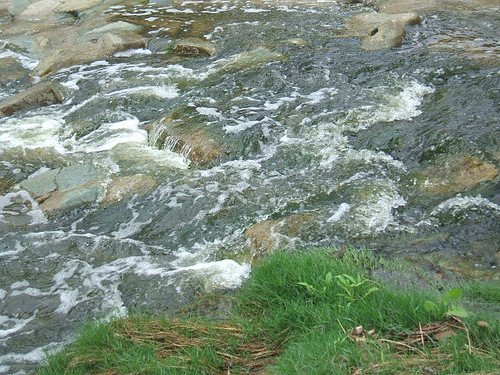
Taking a look at this stream, the best places to collect from would be from anywhere where the water is white. The spots where water is white are spots where the water is moving very fast and will therefore be ever so slightly safer.
Condensation
If you’re feeling super adventurous, ready for a challenge, or you can’t find water anywhere else, you can try to collect the water straight out of the air! Click on the picture below to check out an article on creating a “solar still” to collect condensation.
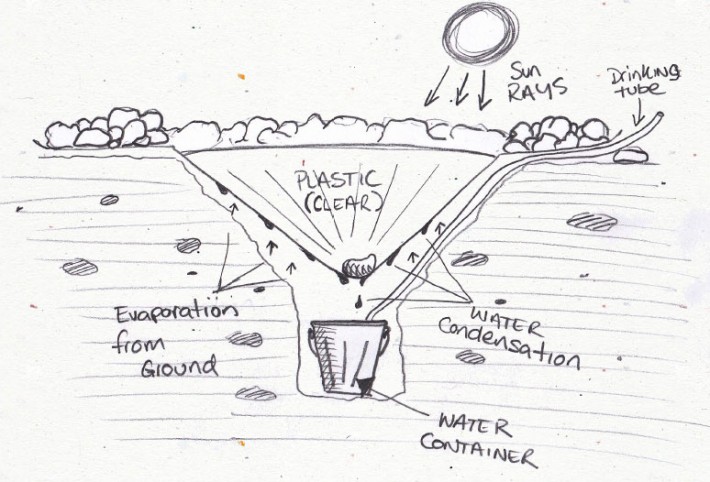
Water Treatments
The two ways to make your water safe to drink are purification and filtration. To purify water means to use chemicals to kill anything in it that could harm you, like bacteria. To filter water means to remove particles physically from the water. Any dirt, sediments or larger items can be physically caught with a filter.
If there are any science folks out there, purification is a chemical treatment and filtration is a physical treatment.
Filters
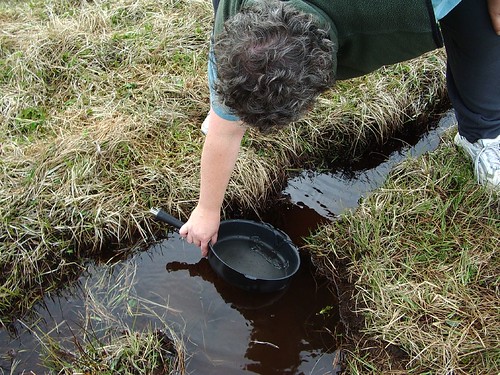
A filter can be made from anything that will let the water through
, but trap other particles: charcoal bits, rocks, grass, mesh or sand are examples.Depending on the quality of your filter, you may be able to remove all of the bad stuff from your water and make it completely safe to drink. The more likely scenario, though, is that you filter as much crud out of your water as possible and then purify it afterward to kill any microbes left.
Here is a list of high-quality water filters that folks in the backpacking industry swear by:
Purifiers
The easiest way to purify your water is to boil it. If you have a safe way to heat up water, either using a stove or an open fire, bring your water to a boil. Keep it rolling for at least one minute to kill any bacteria or pathogens it may contain.
As I said before, sometimes you may need both methods to get your water completely clean. Filter your water either before or after boiling to get any gunk out of it.
Another option for water purification is iodine or chlorine solutions. Both of these chemicals can be used to safely treat water temporarily, but should not be relied upon for long term use. As you can imagine, ingesting a little bit of iodine or chlorine every time you drink water might have some effects on your health.
Your turn: Design a filter
How clean can you make muddy water? Try this experiment and design the best water filter you can!
You’ll need:
- Bottle of muddy water
- A old plastic bottle
- Filter materials. Ideas:
- Charcoal
- Sand
- Moss
- Gravel
- Coffee filters
- Cotton balls
- Cheesecloth
- Anything you want to try! (And that your parents say is OK to use)
Take your old plastic bottle and cut it in half. Turn the top half upside down and rest it inside the bottom, like this:
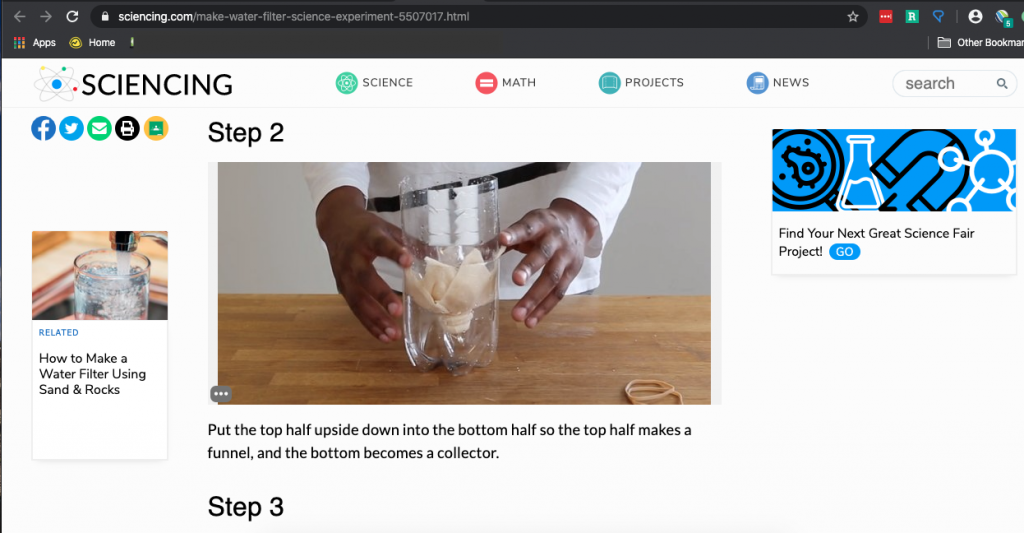
Choose which materials you want to use in your filter. Layer your materials in the top of the plastic bottle. Pour some of the muddy water through your homemade filter.
How did it go? Was your water lighter and less muddy after it went through your filter?
Try a few different combinations of materials to see what works best.
You might get inspired from other ways you’ve seen water treated. For example, in the Fixing Acid Mine Drainage lesson, Lydia showed us how wetlands can treat water. Is there any way to imitate that wetland in your filter?
Remember: even if your filter works well, don’t drink this water. You may have missed some particles that are hard to see. And it still needs to be purified, by boiling it or treating it with chemicals.
For more detailed instructions for this experiment, visit sciencing.com or lovetoknow.com.
Show us your best filter in the comments! What do you think made your filter work or not work?